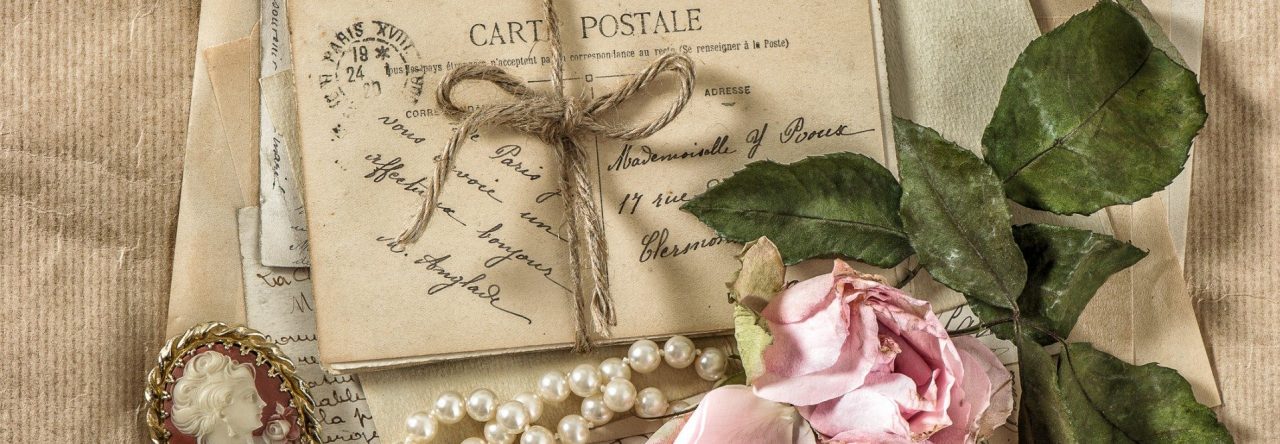April 23rd, 2016, marks the 400th anniversary of William Shakespeare’s death and what better way to honor the bard than with a national day! Talk Like Shakespeare Day was created by the Chicago Shakespeare Theater in 2009 to pay homage to one of the world’s best known storytellers and inspire new generations to fall in love with his poems and plays.
Here are some tips to speak like the Bard:
- Replace your it’s with ‘tis, your he with ‘a, your and you with thou and ye
- You will use thou if you are angry with the person or want to insult them. It is also used in intimate relationships (i.e. Romeo and Juliet). There may be switches within a single conversation, depending on the topic, the situation, the mood and the moment.
- Thou art a boil, a plague sore, an embossed carbuncle in my corrupted blood. ~King Lear
- Do not use “do” in negatives and questions.
- I know not//I do not know
Know you?//Do you know?
I love thee not//l do not love you
- I know not//I do not know
- Shakespeare often reversed the order of pronoun and adjective to modify nouns. It was the standard order in Old English.
- Good my lord//My good lord
Sweet my coz//My sweet cousin
‘Tis he that…//It is the man who…
- Good my lord//My good lord
- Elizabethans, like Shakespeare, contracted a lot more words than we do today. However, not is never contracted in Shakespeare. It became a practice only after 1640s. The many elided forms evidence the pace of Elizabethan speech. In fact, when Romeo & Juliet was being performed in original pronunciation in parallel with modern English at Shakespeare’s Globe in 2004, the one in original pronunciatio ended 10 minutes earlier!
- Arrive’d//Arrived
Fix’d//Fixed
Bless’d//Blessed
‘gin//Begin
‘scape//Escape
‘a//He
‘mongst//Amongst
and’s//And his
to’t//To it
after’s//After his
In’s//In his
H’as//He has
‘Tis//It is, it’s
‘twas//It was
- Arrive’d//Arrived
 Frequent Words found throughout Shakespeare’s Works
Frequent Words found throughout Shakespeare’s Works
GREETINGS
Fair befall you!//Best Wishes!
How do you?//How are you?
Grammercy//Thank you
ADJECTIVES & ADVERBS
Hither//Towards here
Come hither//Come here
Thither//Towards there
Even but now//Just now
Wherefore//Why
Therefore//That is why
Wherein//Where, in which
Therein//In that, there
Whereof//Of what
I pray thee/you//Please
Anon//Soon
Nought//Nothing
Aught//Anything
 FREQUENT VERBS
FREQUENT VERBS
Repair//Go (usually in a hurry)
Repair home//Go home
Hie//Hasten, hurry up
Hie thee hither!//Come here, quickly!
Become (Tears do not become a man)//Suit (Tears do not suit a man)
Dally//Linger; move, act slowly
Tarry//Wait, stay, linger
Wot//Know
I wot not//I do not know
RECURRENT WORDS
Fie!//Shame! For shame!
How fare you?//How are you?
Commend me to my lady//Pass on my greetings to the lady
Quoth//Said
Quoth I//I said
An//If
Verily//In truth
Methinks//I think
Methought//I thought
Bethink oneself//Think over
ENDINGS USED WITH THOU
Thou beest/ be’st//You are
Thou wast/ were//You were
Thou wilt/shalt//You will/shall
Thou knowest//You know
Thou thinkest//You think
Thou canst//You can
Thou mayst//You may
Thou shouldst//You should
Thou wouldst//You would
Thou hast//You have
Thou hadst//You had
Thou dost//You do
Thou didst//You did
Although my list of tips is nowhere near exhaustive, use them as oft as thou canst and they will become part of thy daily English with haste. Then canst thou make thy speech sound Shakespearean “trippingly upon thy tongue!”
What is your favorite line from one of Shakespeare’s works?







